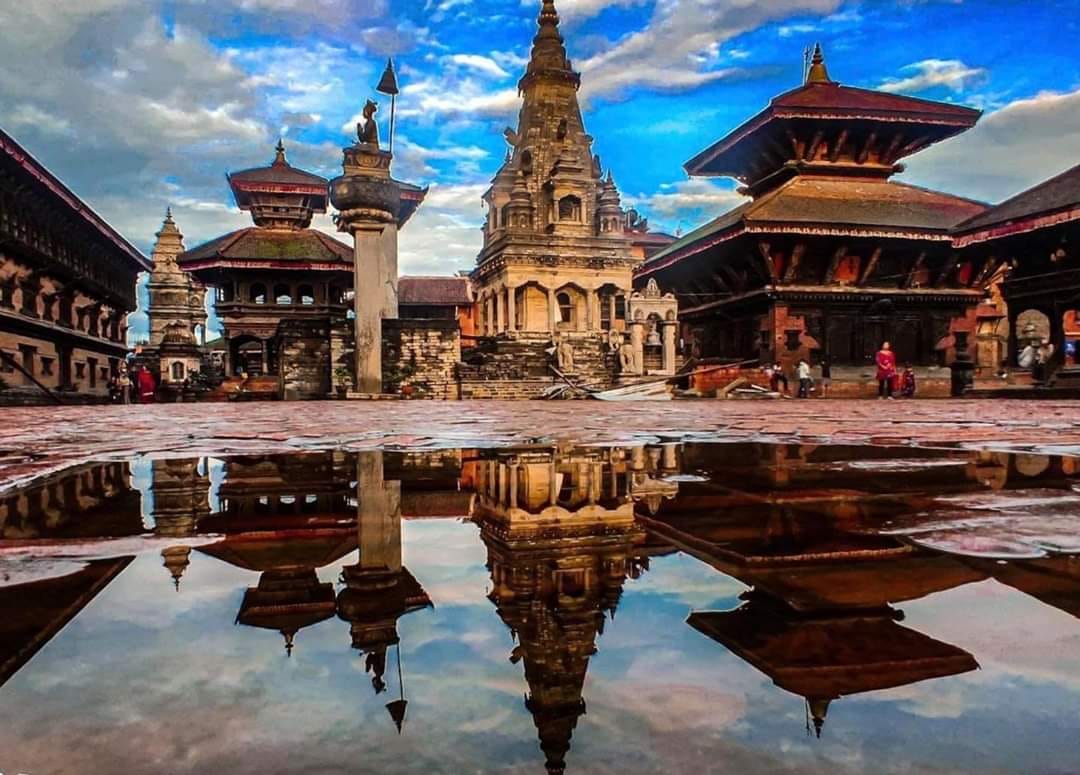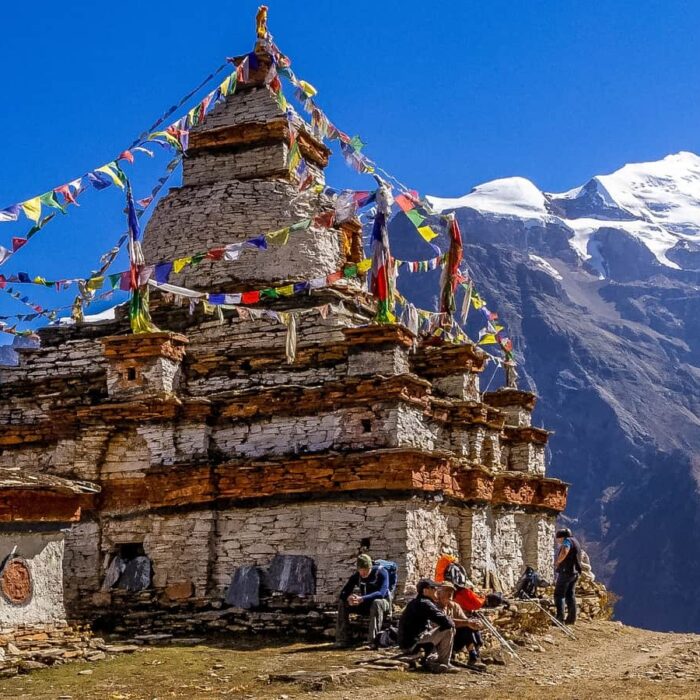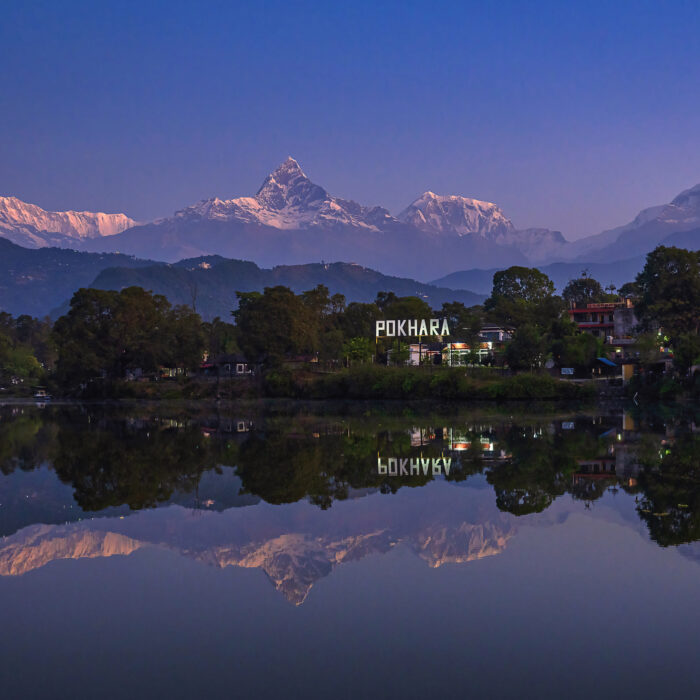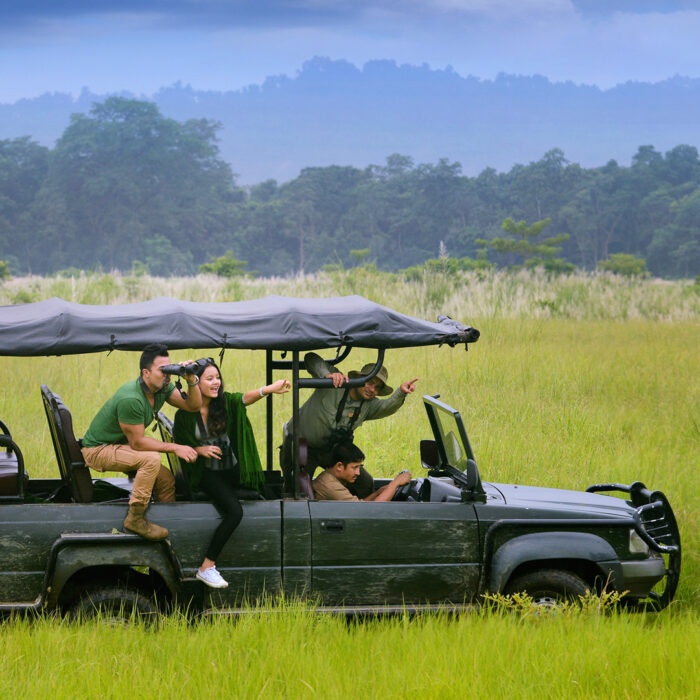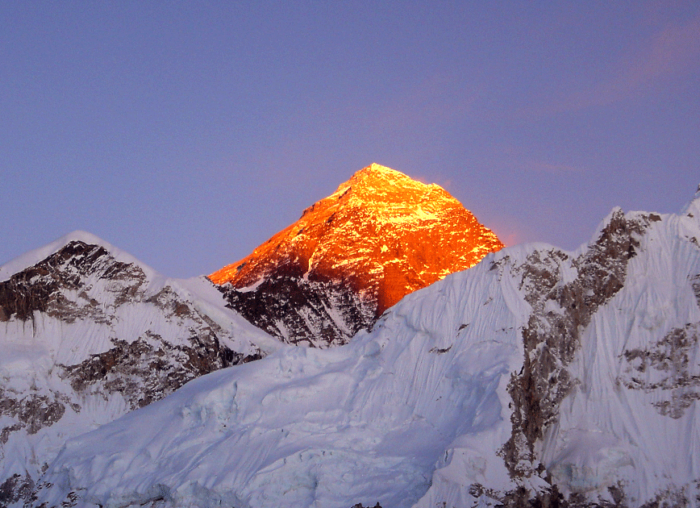Book a 4-day cultural tour package in Kathmandu to discover culture, monuments, and traditions. Have a tour of Kathmandu Durbar Square, Patan Durbar Square, Pashupatinath Temple, and more. Explore the UNESCO Heritage sites of Bhaktapur with this Kathmandu 4-day cultural tour package.
Our 4-day Nepal Cultural Tour is perfect for those with limited time who want to explore the culture, heritage, monuments, and traditions of the ancient city of Kathmandu. On the other hand, Kathmandu is the only living cultural museum in the world.
UNESCO Heritage Sites tour in Kathmandu Valley
The cultural heritage of the Kathmandu Valley is vividly shown by seven groups of monuments and buildings. They display the full range of historic and artistic achievements that have made the valley famous worldwide. Among these, the Hanuman Dhoka Durbar Square in the heart of Kathmandu is notable. Furthermore, it features the extraordinary Kumari Bahal. It is a masterpiece of finely carved wood work without a doubt and the residence of the Living Goddess Kumari.
Similarly, Lalitpur, known as the “City of Beauty,” has Patan Durbar Square. This square is home to the great carved stone Krishna temple. This temple is also a significant Hindu shrine.
Likewise, Bhaktapur Durbar Square, located 14 km east of Kathmandu, is famous for keeping the rich culture and traditions of the Newar people. This makes it one of Nepal’s well kept ancient cities.
Moreover, the hilltop Buddhist stupas of Swayambhunath provide amazing views of the Kathmandu Valley and the Himalayan ranges. This shows religious harmony in Nepal, earning it the title “Monkey Temple.”
Also, the massive Boudhanath stupa acts as a lively Tibetan center. Here, visitors can engage in Tibetan culture and rituals.
Finally, the most sacred Hindu shrine in Nepal is the Pashupatinath temple tour. This temple is dedicated to Lord Shiva and also attracts thousands of travelers each year. They come to honor the temple of the living deity and observe traditional burning ceremonies along the sacred banks of the Bagmati River during the Pashupatinath temple tour.
Furthermore, we’re happy to modify the tour to meet your liking.
Other tour options
Besides the Kathmandu 4 Day Cultural UNESCO heritage sites tour, we do have other tour options in Bhutan, Tibet, Sikkim, and Nepal which are listed down below:
- Bhutan Highlights 6-day tour
- Nepal Bhutan 16-day tour
- Short Bhutan 3-day tour
- Best Bhutan Nepal 10-day tour
- Bhutan tour package 8-day
- Bhutan Druk Path 9-day trek
- Jomolhari Bhutan trek 9-day
- Nepal trip
- Kailash Manasarovar lake 10-day tour
- Tibet Overland 8-day tour
- Sikkim Goechal la 9-day trek
- Sikkim Darjeeling 7-day tour
- Kathmandu 4-day Cultural UNESCO Sites tour
- Kathmandu Nagarkot tour
- Kathmandu Pokhara Tour package
- Best Nepal 8-day tour
- Nepal Highlights 7-day tour
- Nepal Adventure 7-day tour
- All Nepal 10-day tour
- Nepal Tiger 6-day tour
- Nepal Jungle 14-day tour
On the other hand, please check our trek equipment list. This list will certainly be a guide for you if you have a plan to trek in Nepal. Similarly, you can check our AMC (Acute Mountain Sickness) which can be a good guide for you to learn more about getting ill at high heights in Nepal. Also, if you want to do a Peak climb in Nepal then please check the climbing equipment list that is a must while going on the Peak climb. Likewise, we suggest you check the updated TIMS card rule as there have been some new changes in Nepal.
How to Get a Bhutan Visa?
Similarly, if you want to know about the Bhutan visa process then we will help you get your Bhutan visa. It’s an e-visa, and we’ll also send it to your email. Just print it out and then show it at the airport for your Bhutan flight and at the Immigration counter at Paro Airport. Bhutanese visas are issued a week before your planned arrival, and we’ll send them to you closer to your travel date.
To initiate the Bhutan visa application, provide the following documents:
- Copy of passport
- A photo of yourself
- Details of your Travel Insurance
Currency in Bhutan
The official currency used in Bhutan is the Bhutanese Ngultrum (BTN). To understand its value in your currency, refer to the Currency Exchange Rate.
How can I get a Nepal Visa?
You can get Nepal visas upon arrival at Tribhuvan International Airport. To make the process faster and avoid long lines, fill out the Online Nepal Visa form a week before you arrive. Bringing a printed copy with the proof number helps you get through Immigration faster. Make sure you have enough cash for the visa fee when you arrive, as the cost depends on how long you’re staying and how often you’re entering. Also, we suggest you check our tourist visa in Nepal as there have been some major changes.
Booking is open for 2024 / 2025
Are you planning to do a trek or tour in 2024? If so, then in our Best Deals part, you can find the ideal information on the best price for the trek cost. Furthermore, book plans as soon as possible.
Contact us or Send a message or call us at
WhatsApp / Viber / Mobile: + 977 – 9851 022814, + 977 – 9841 451681
We are available 24/7
For further information, Contact us.

